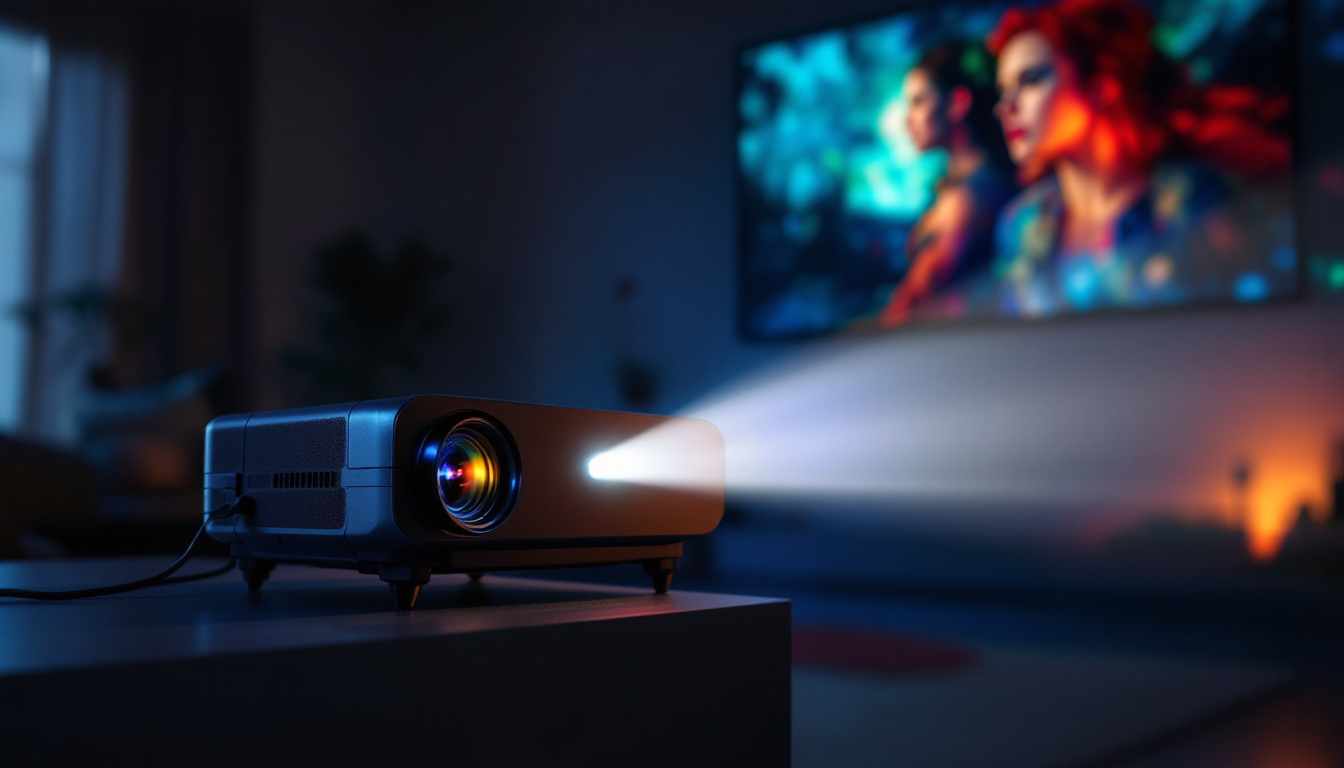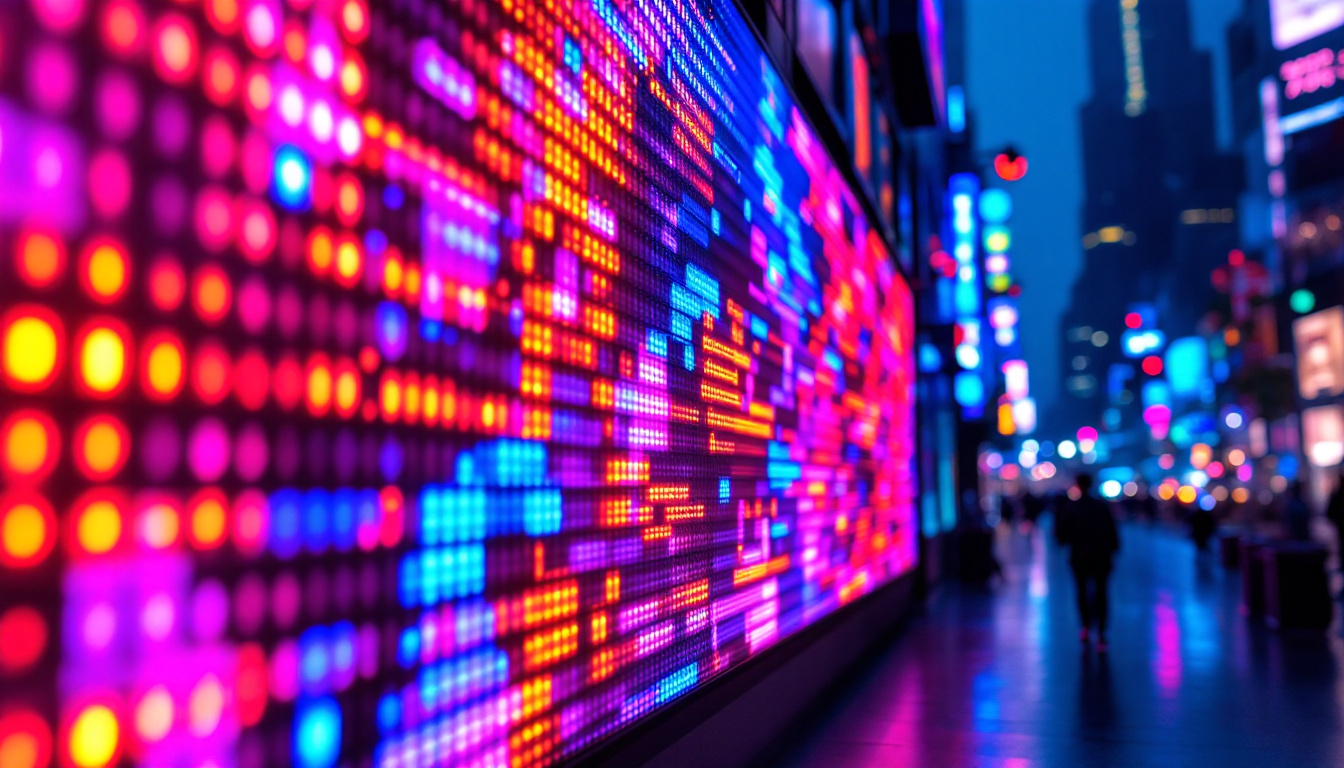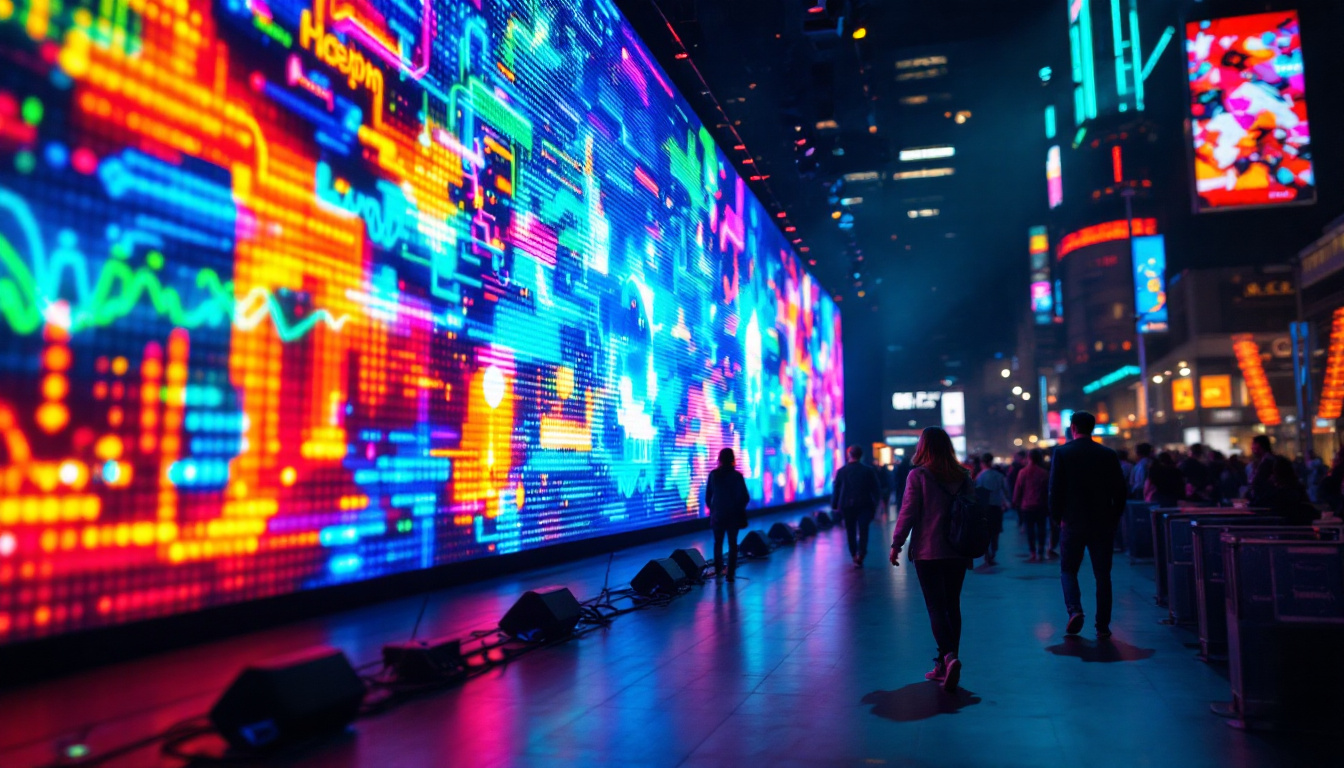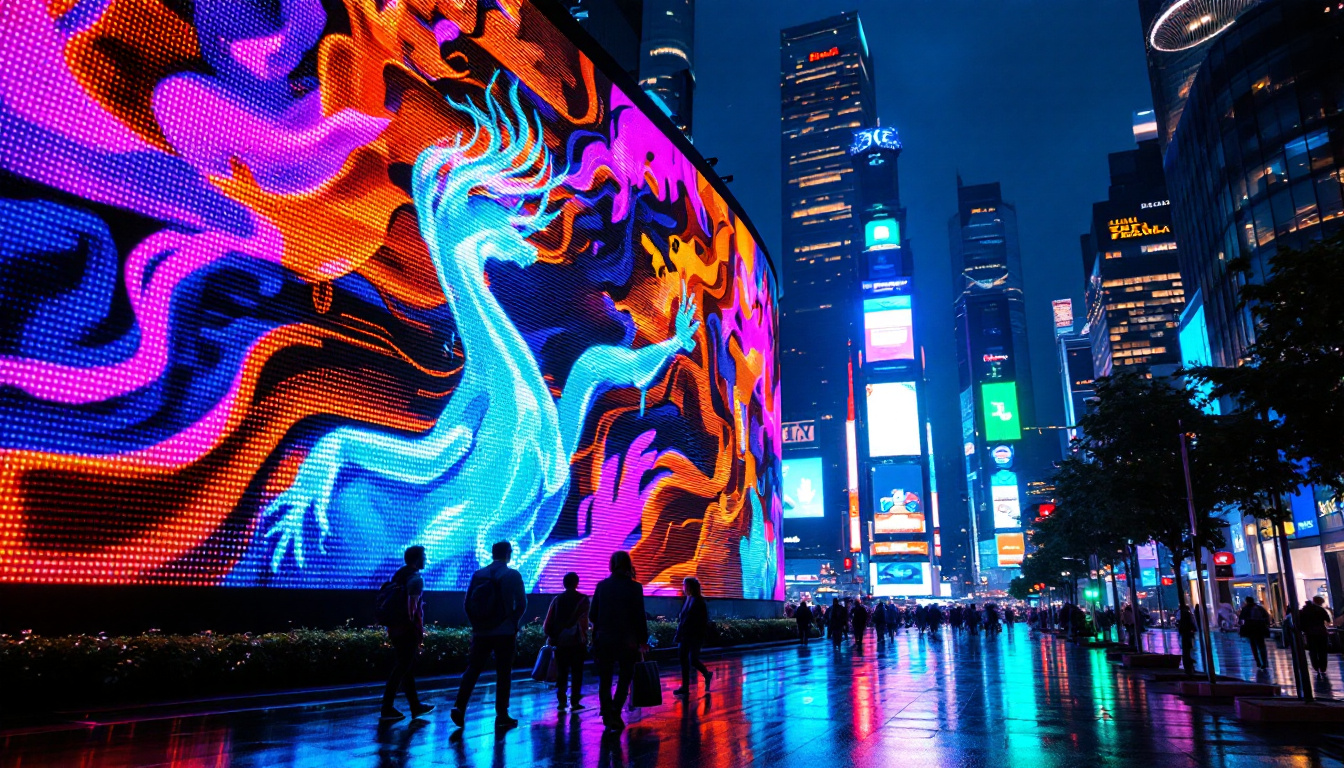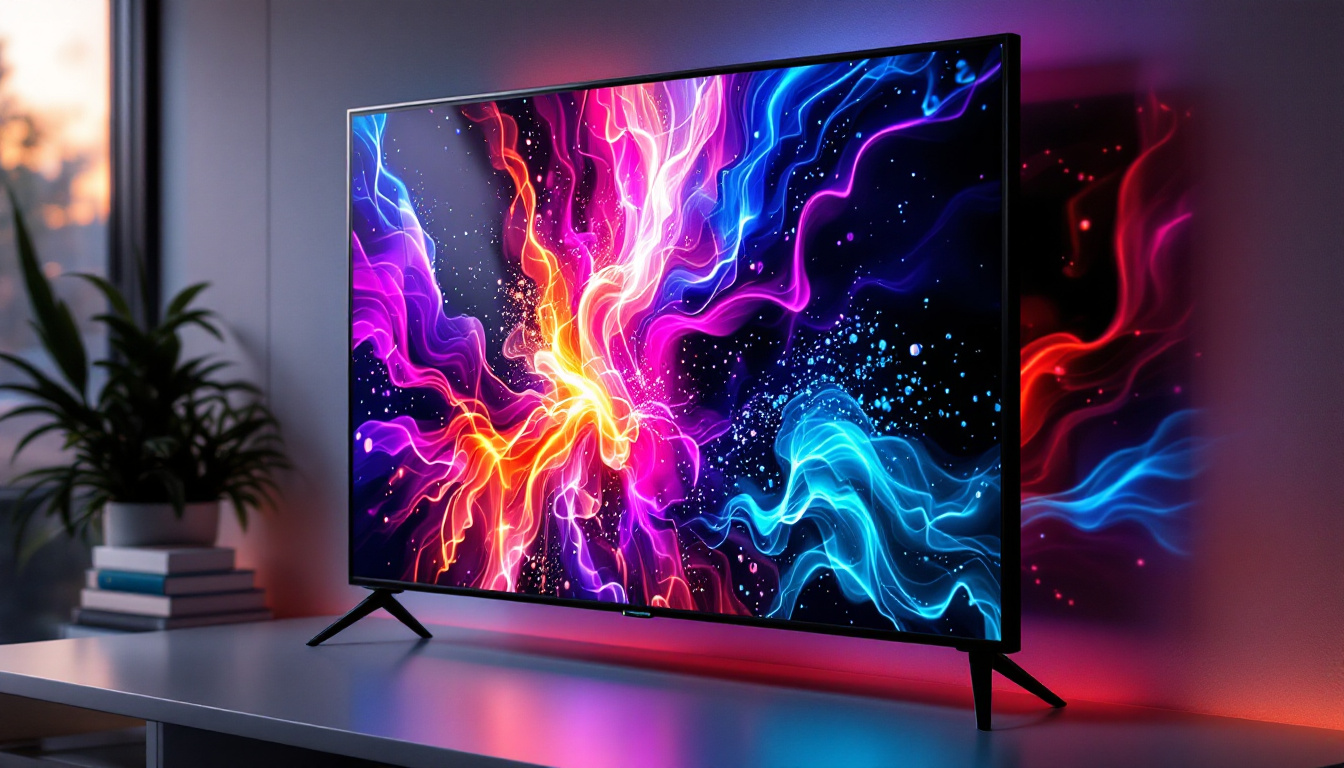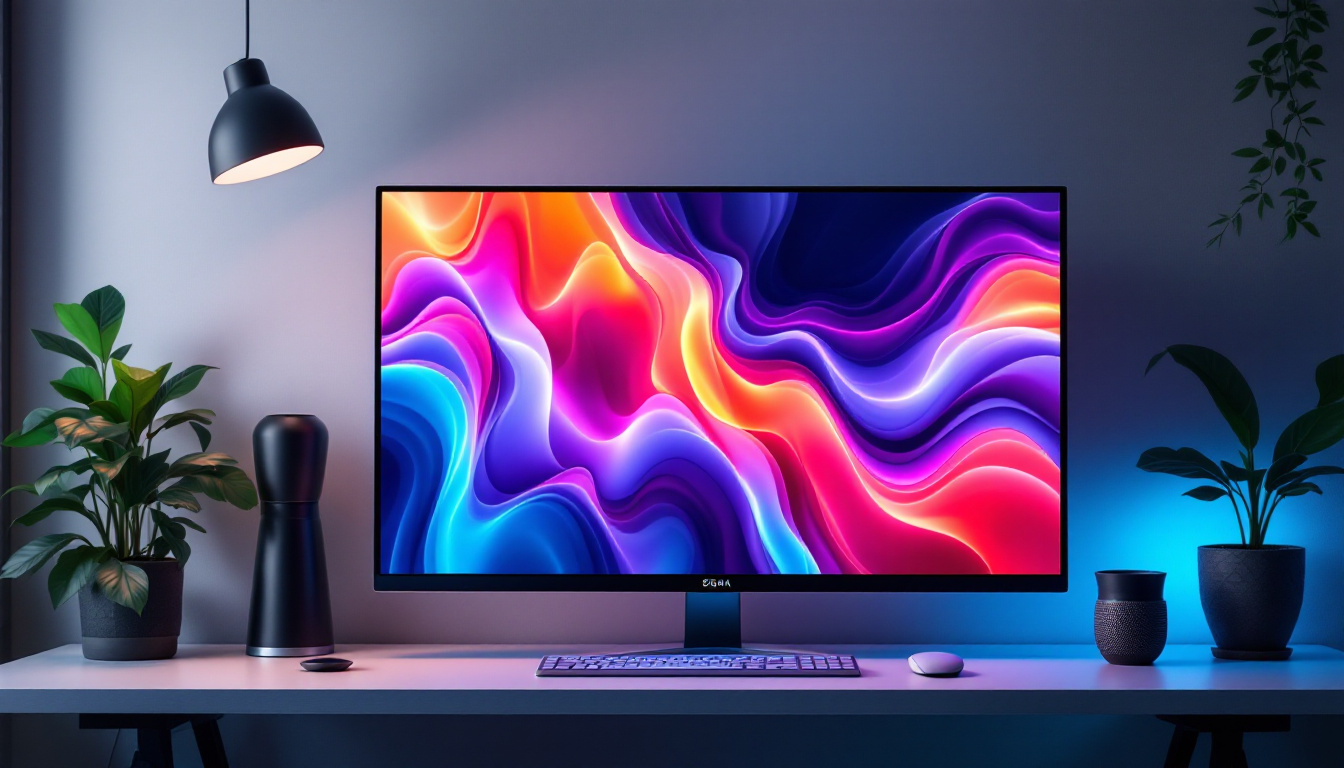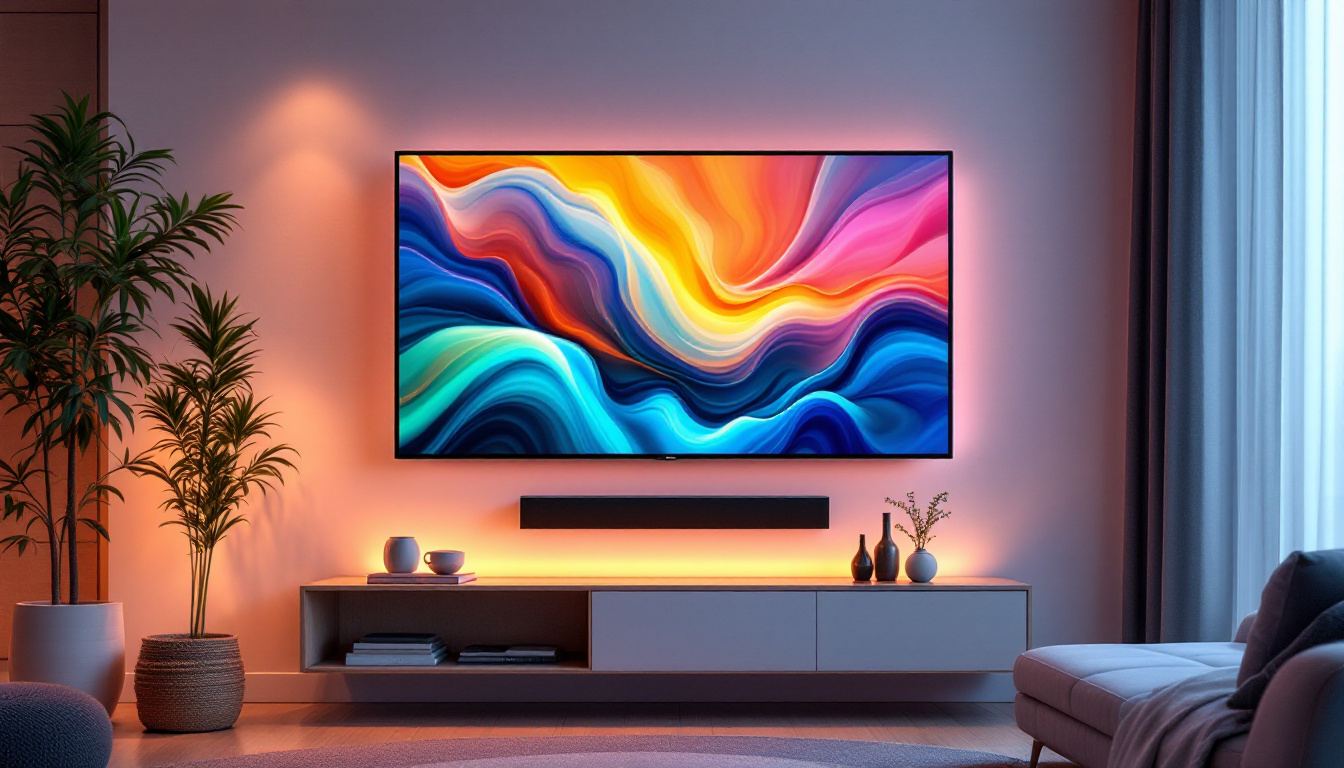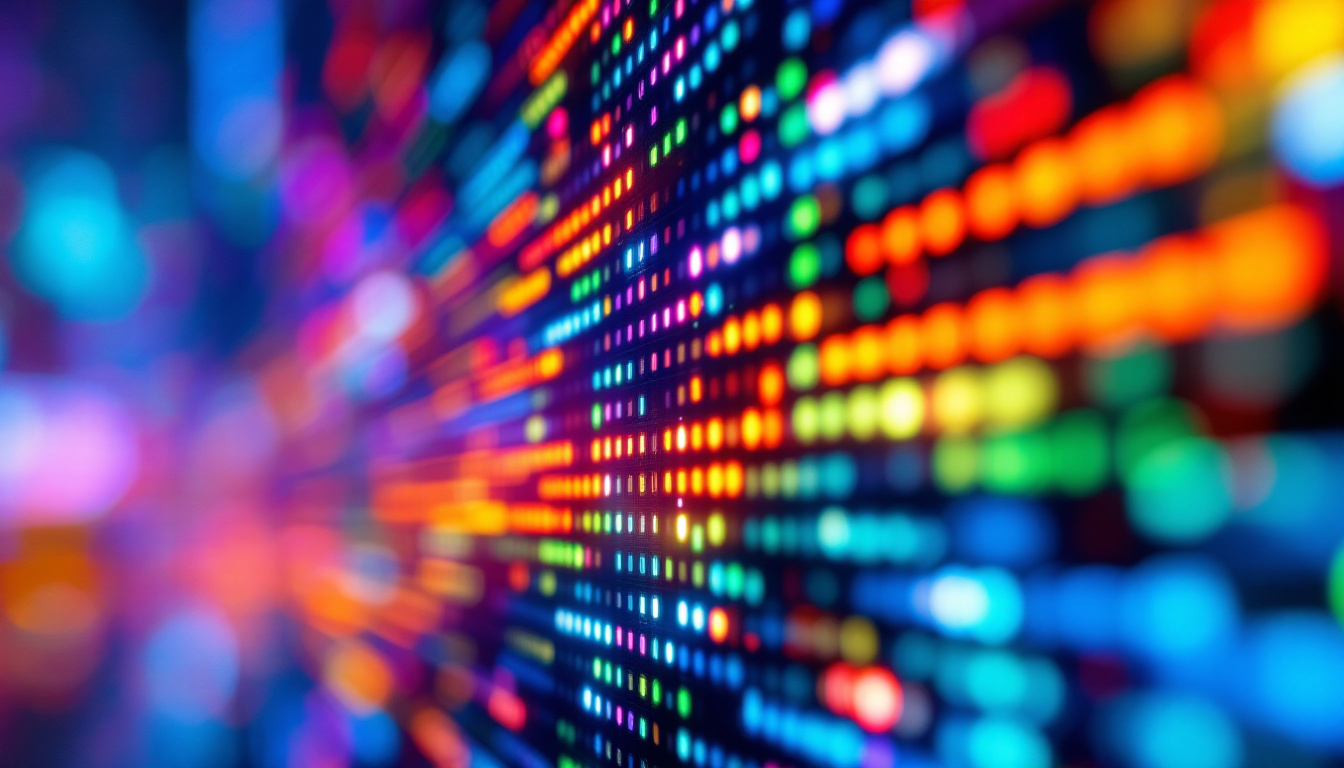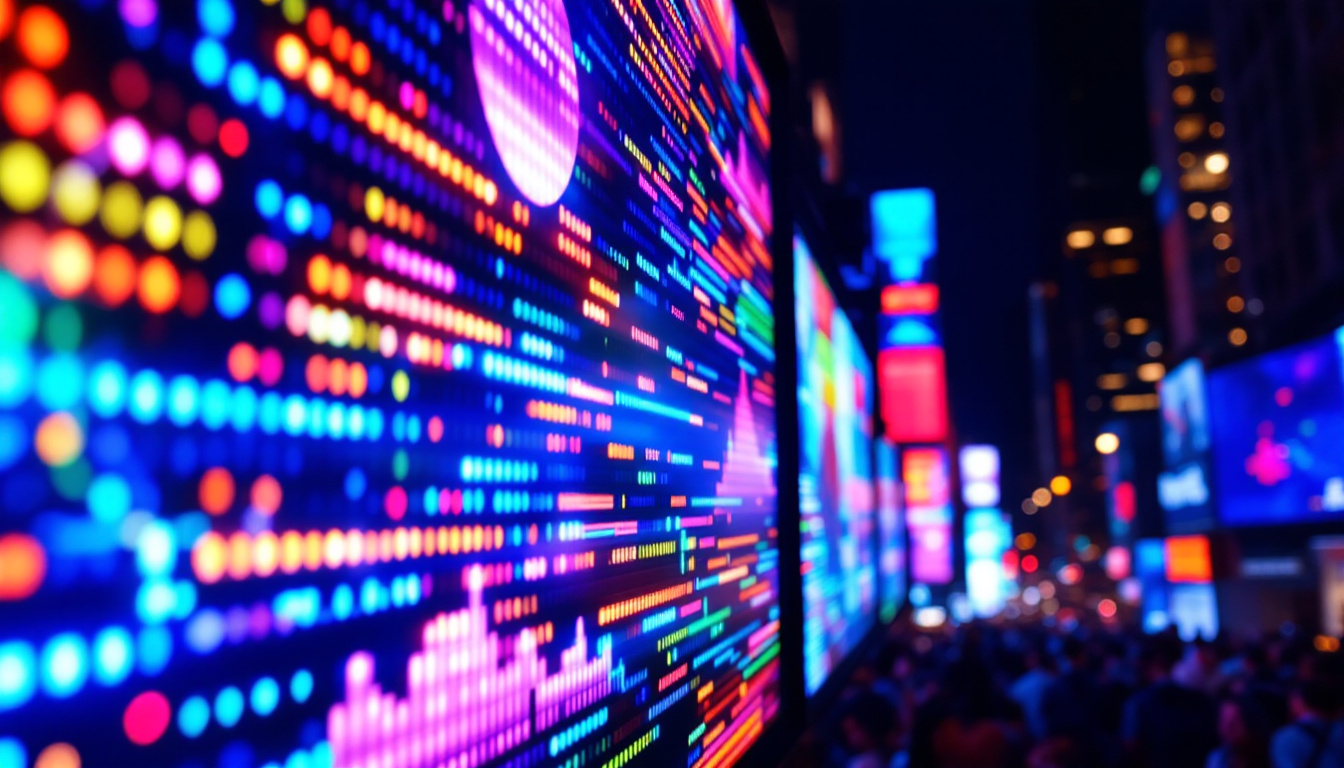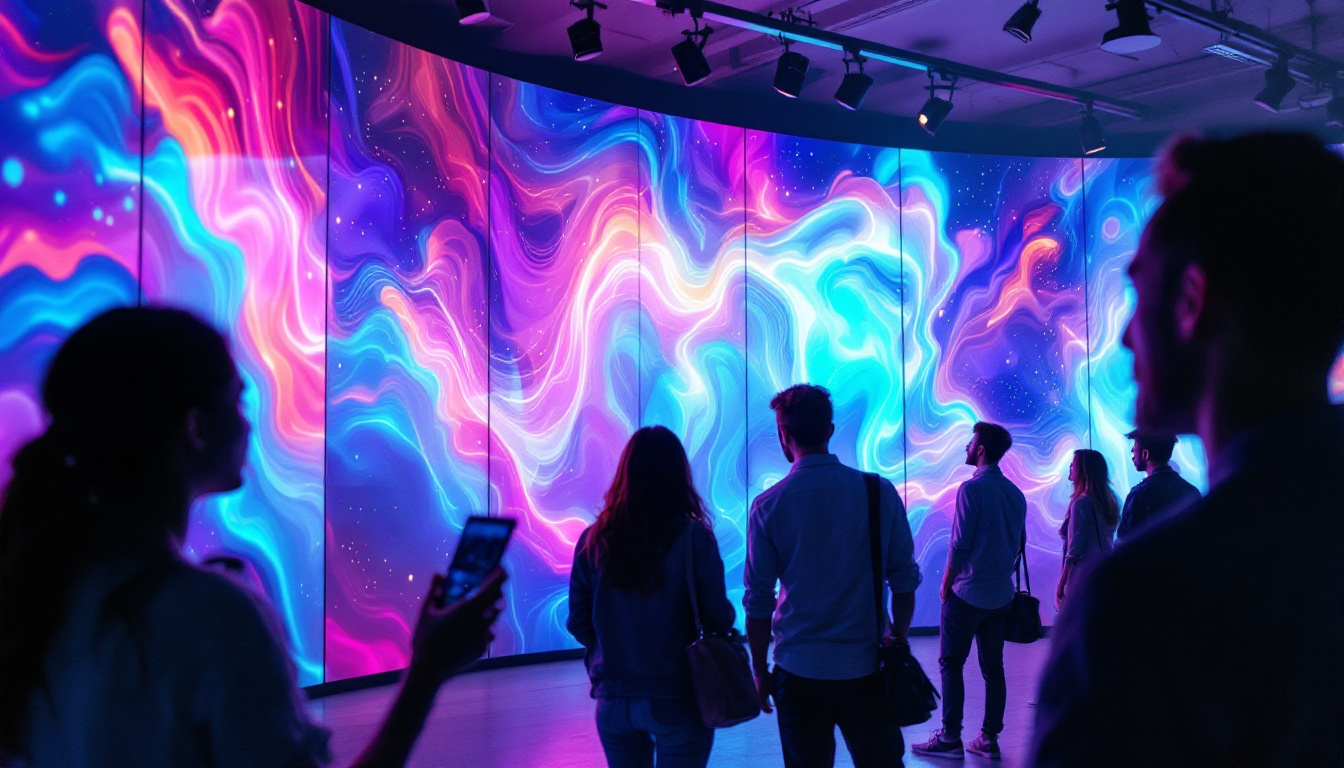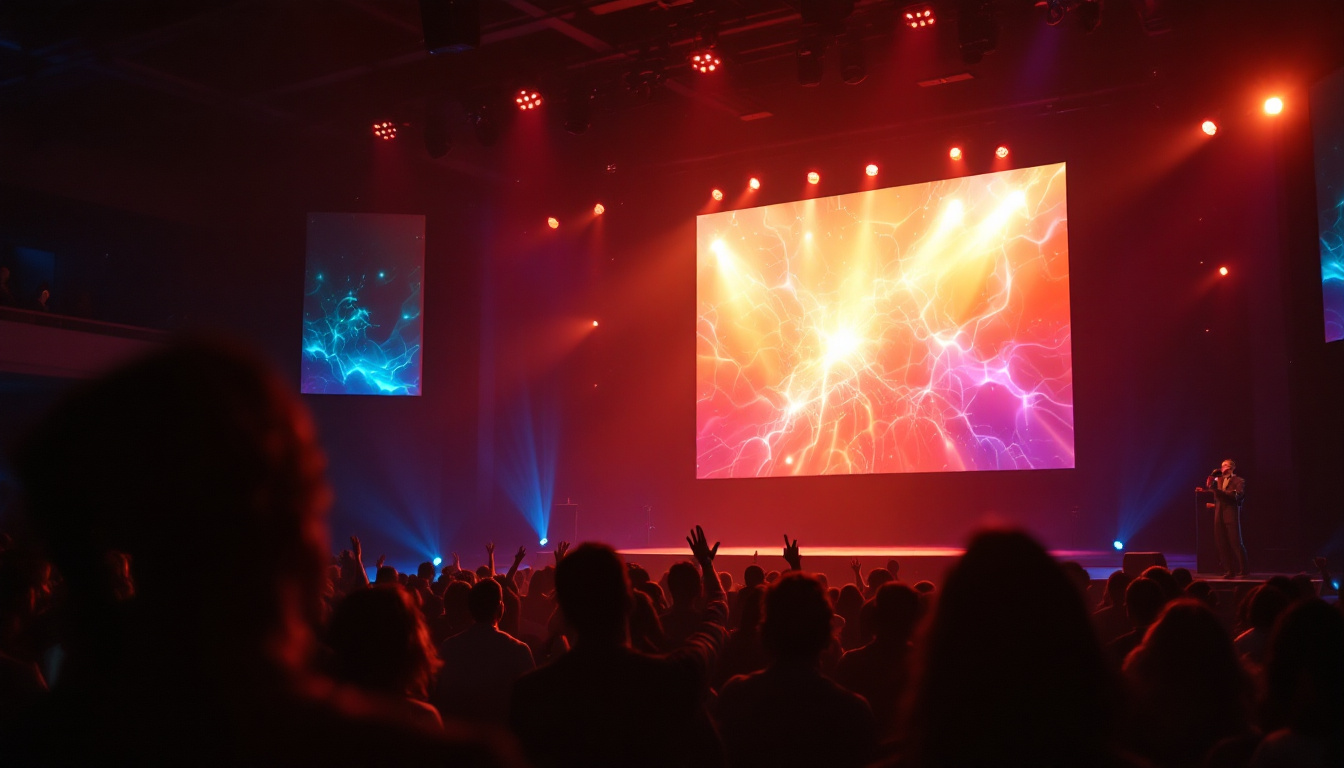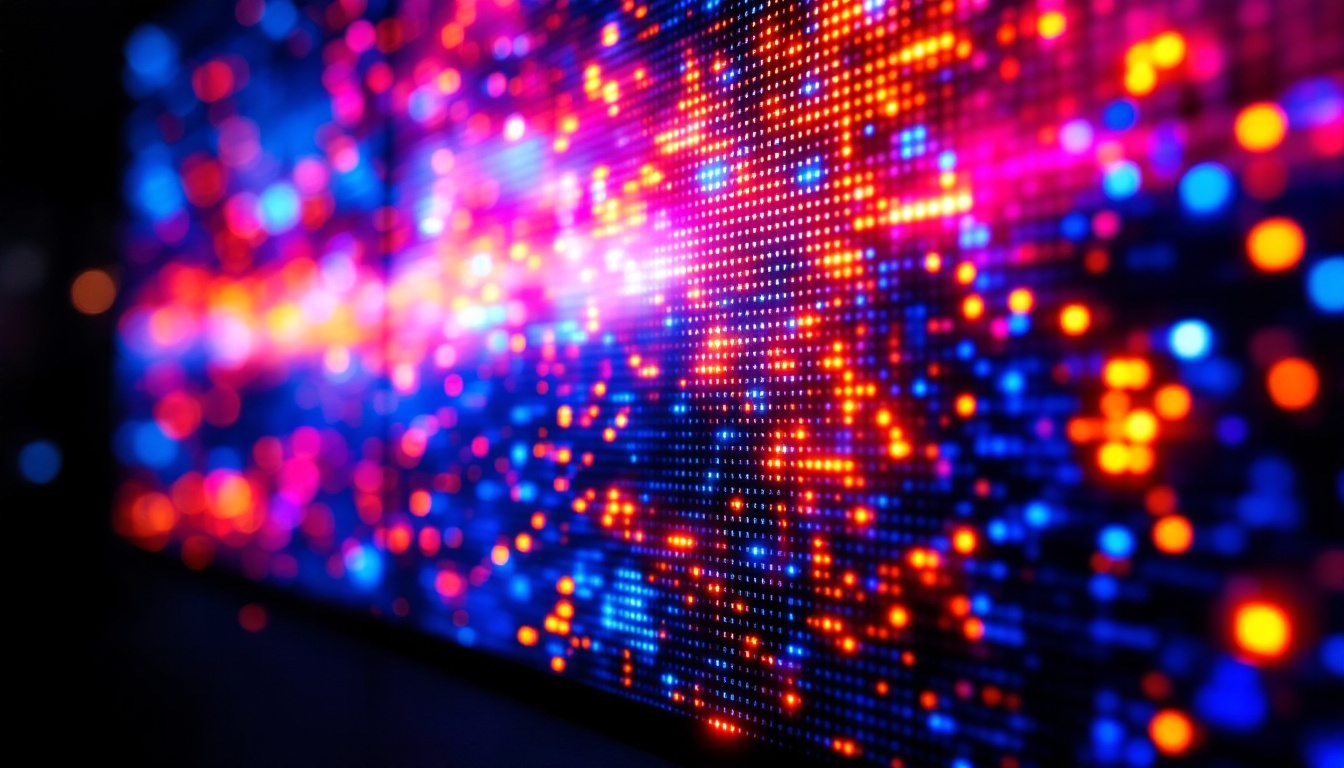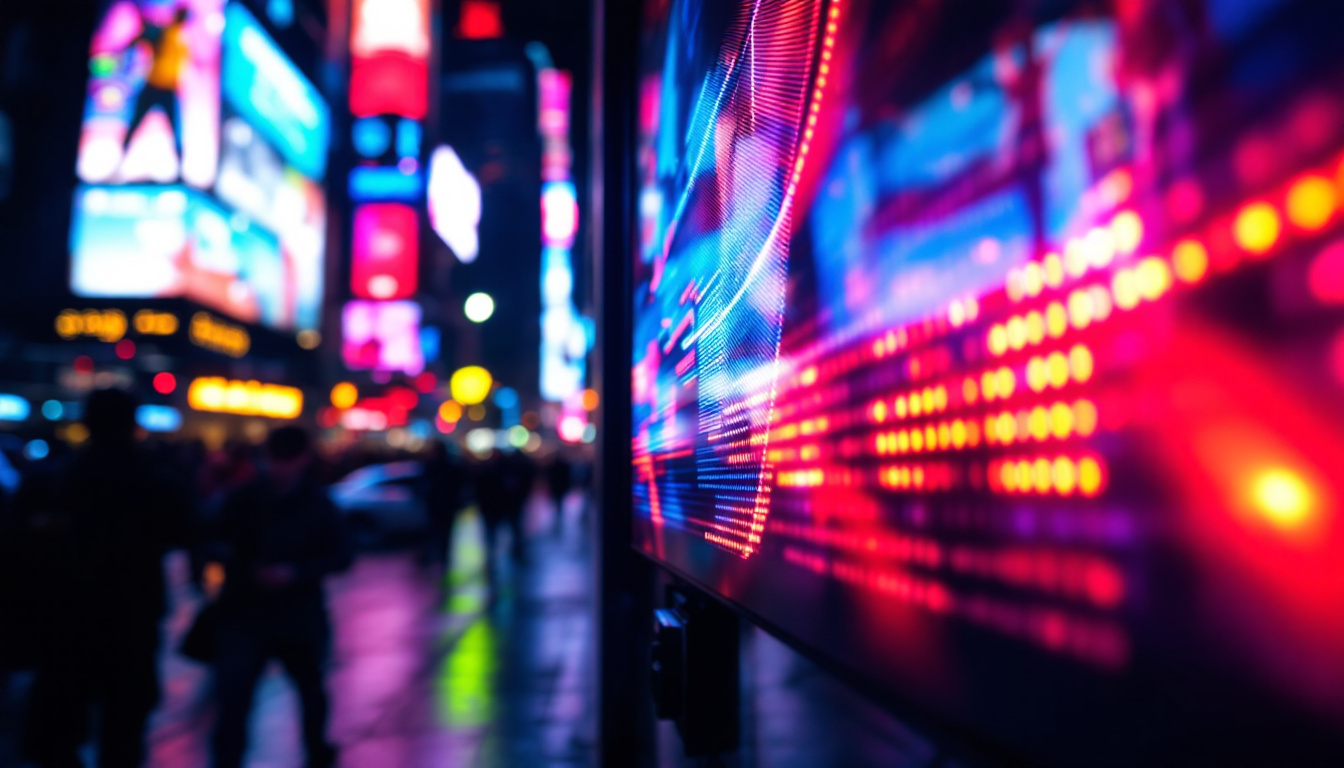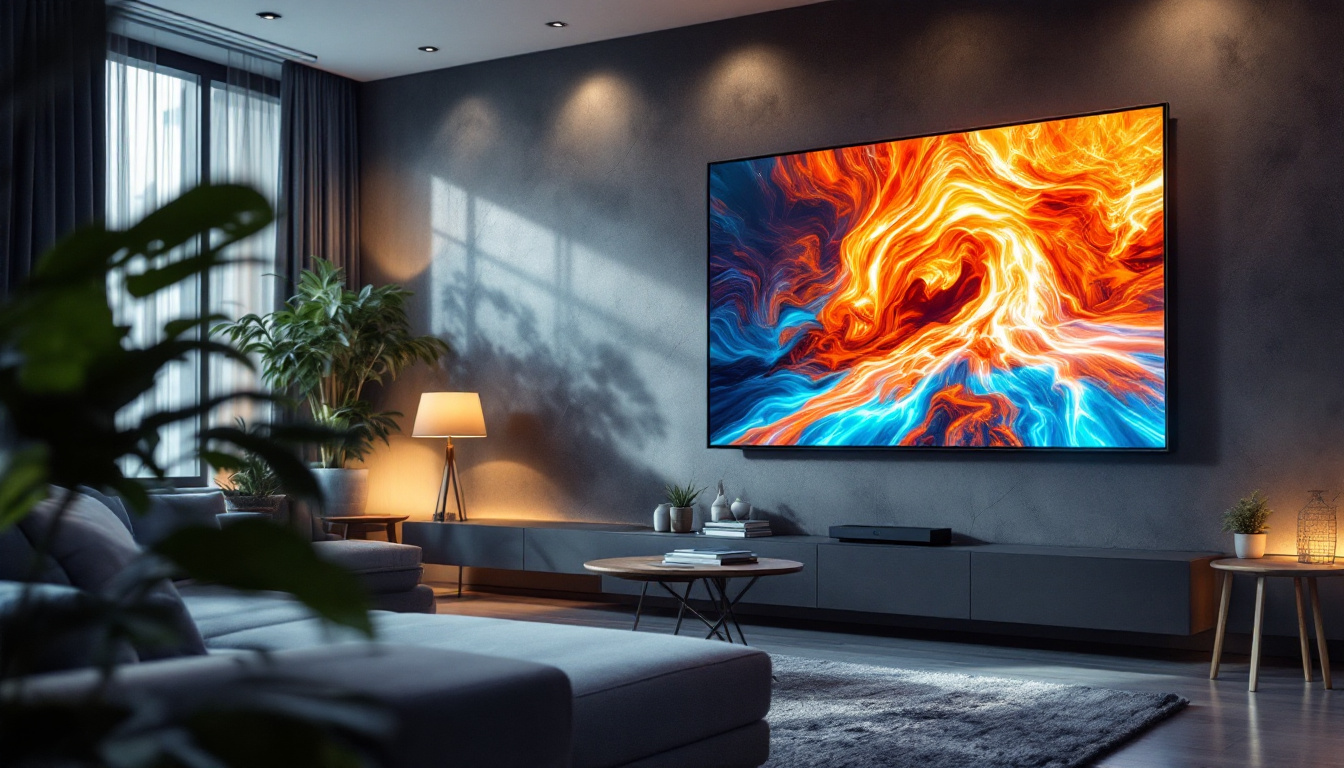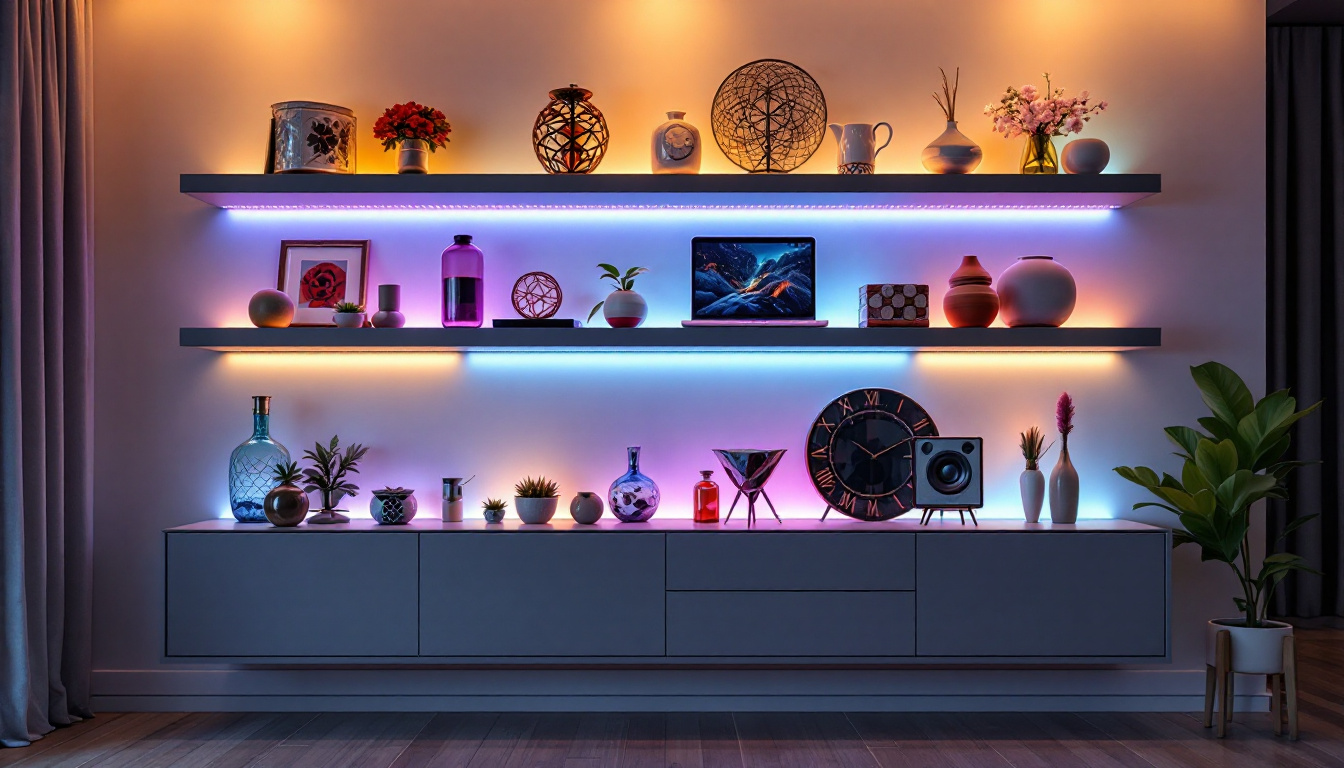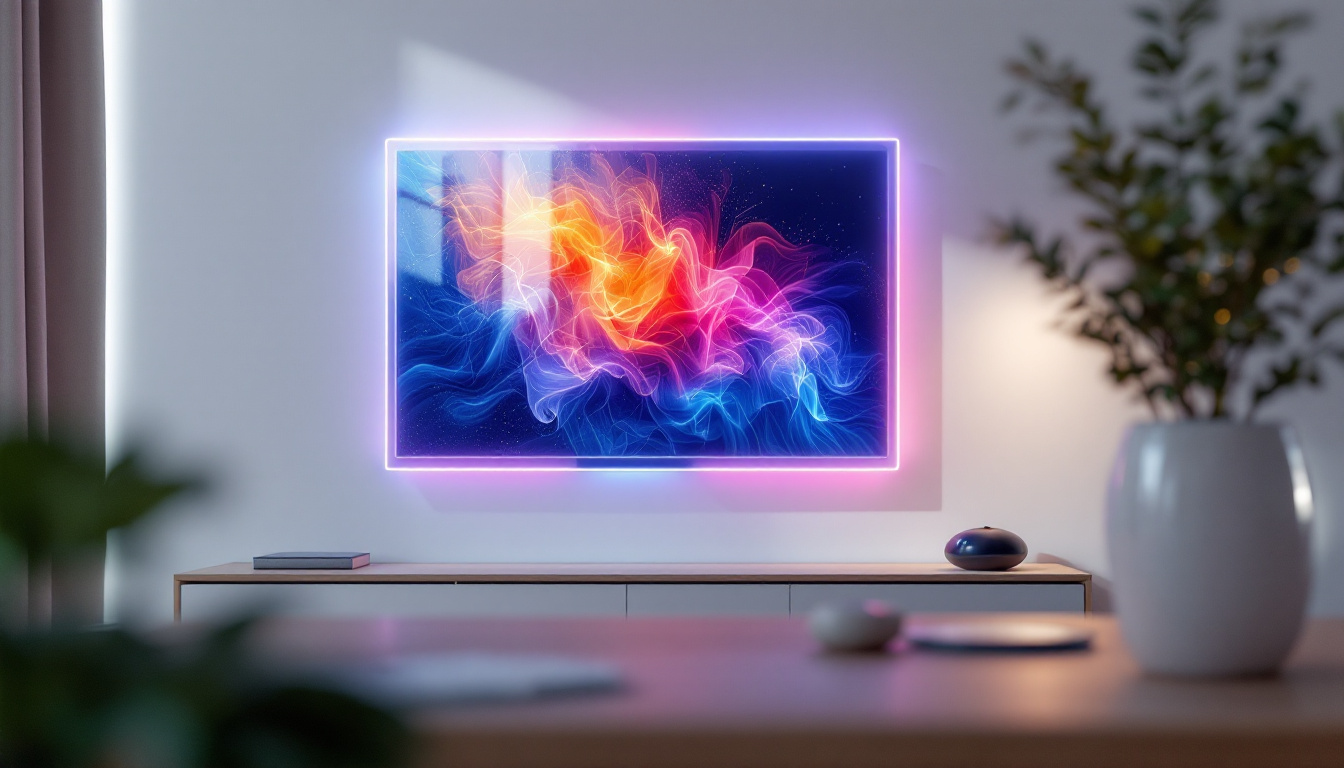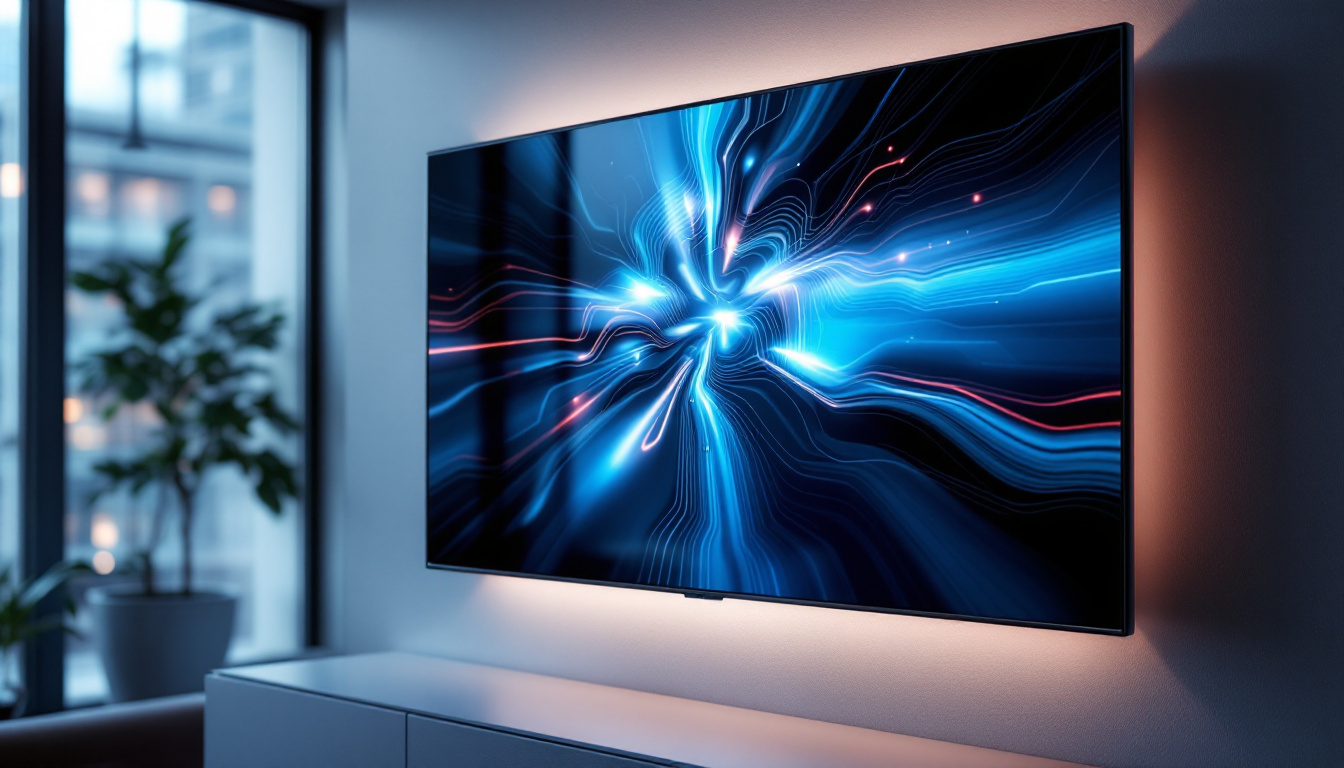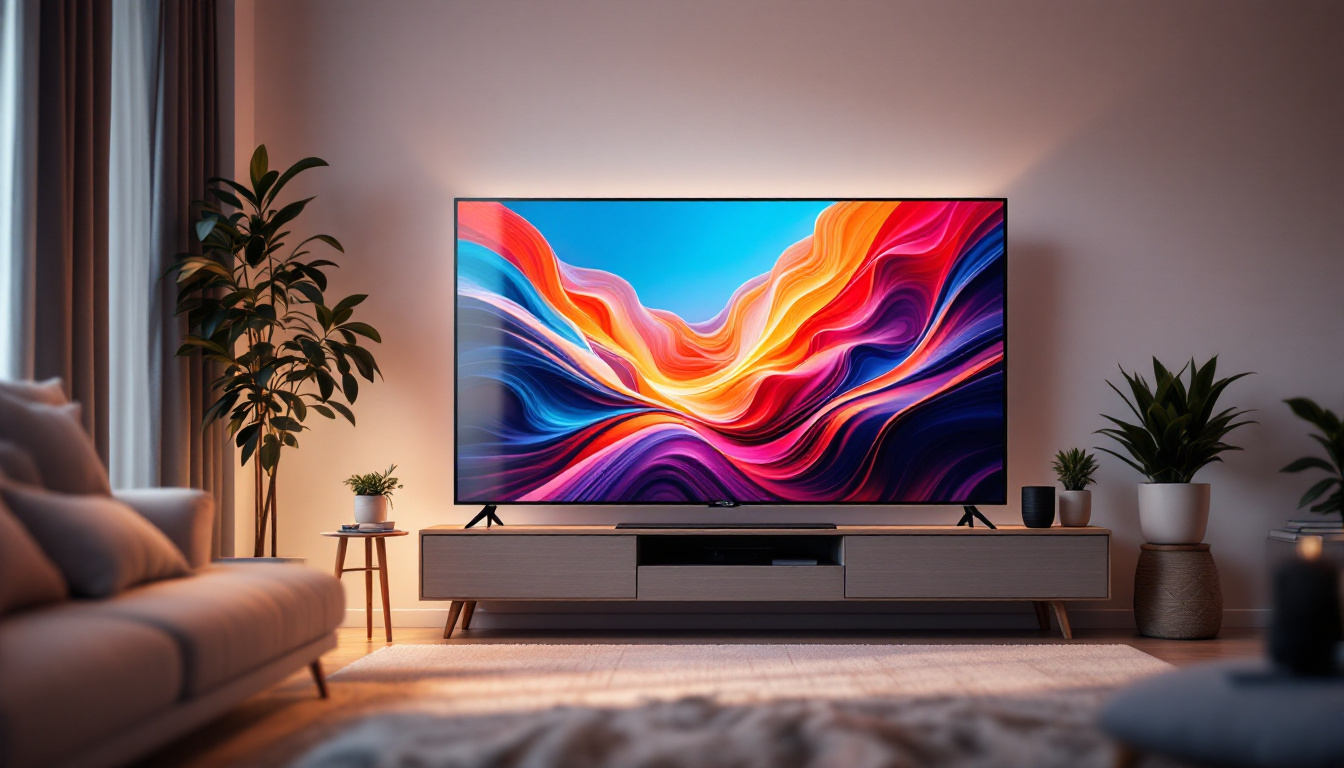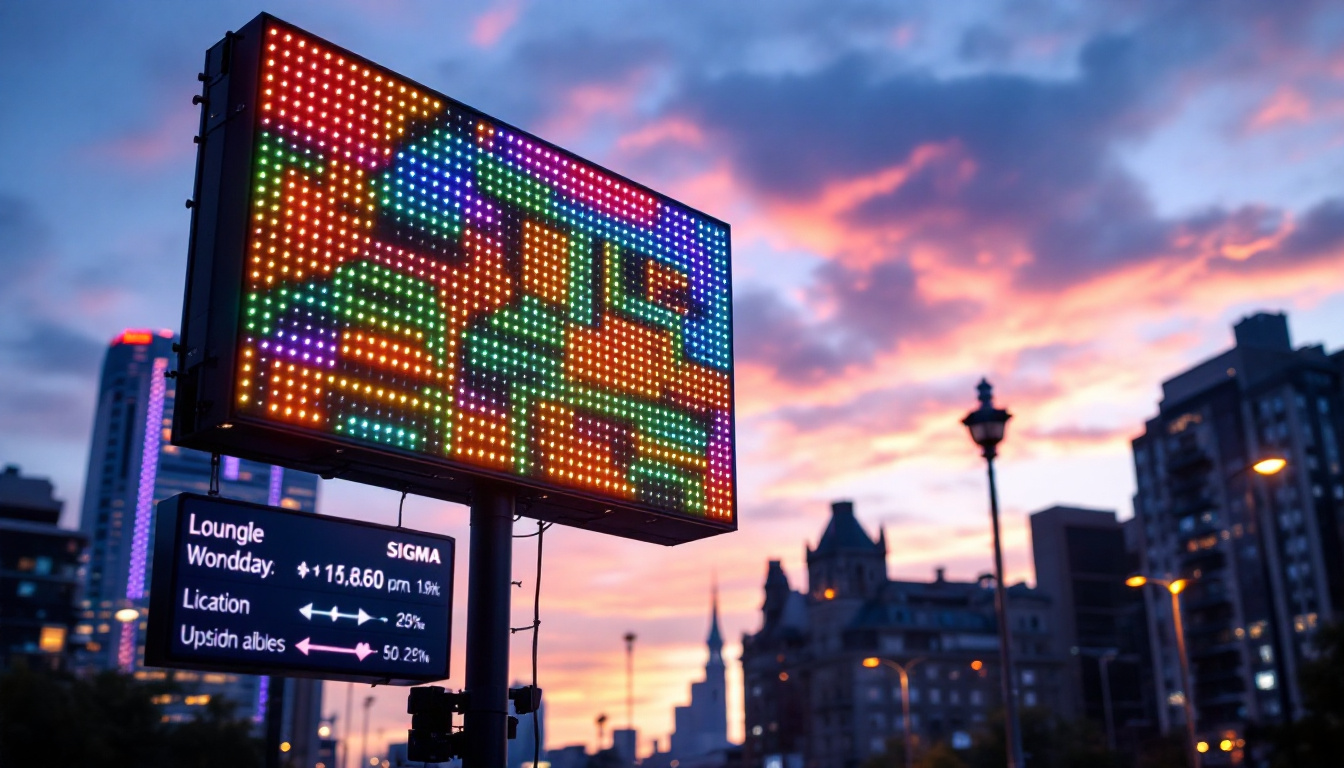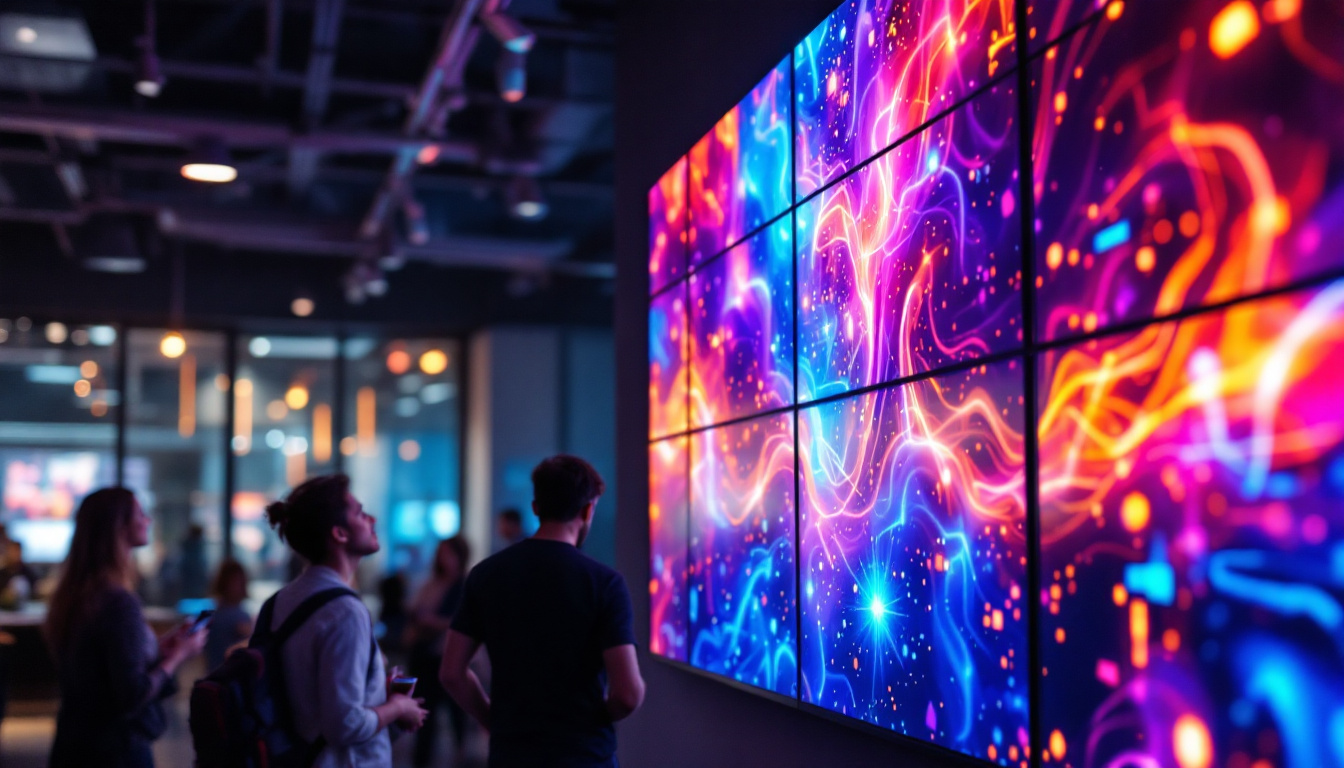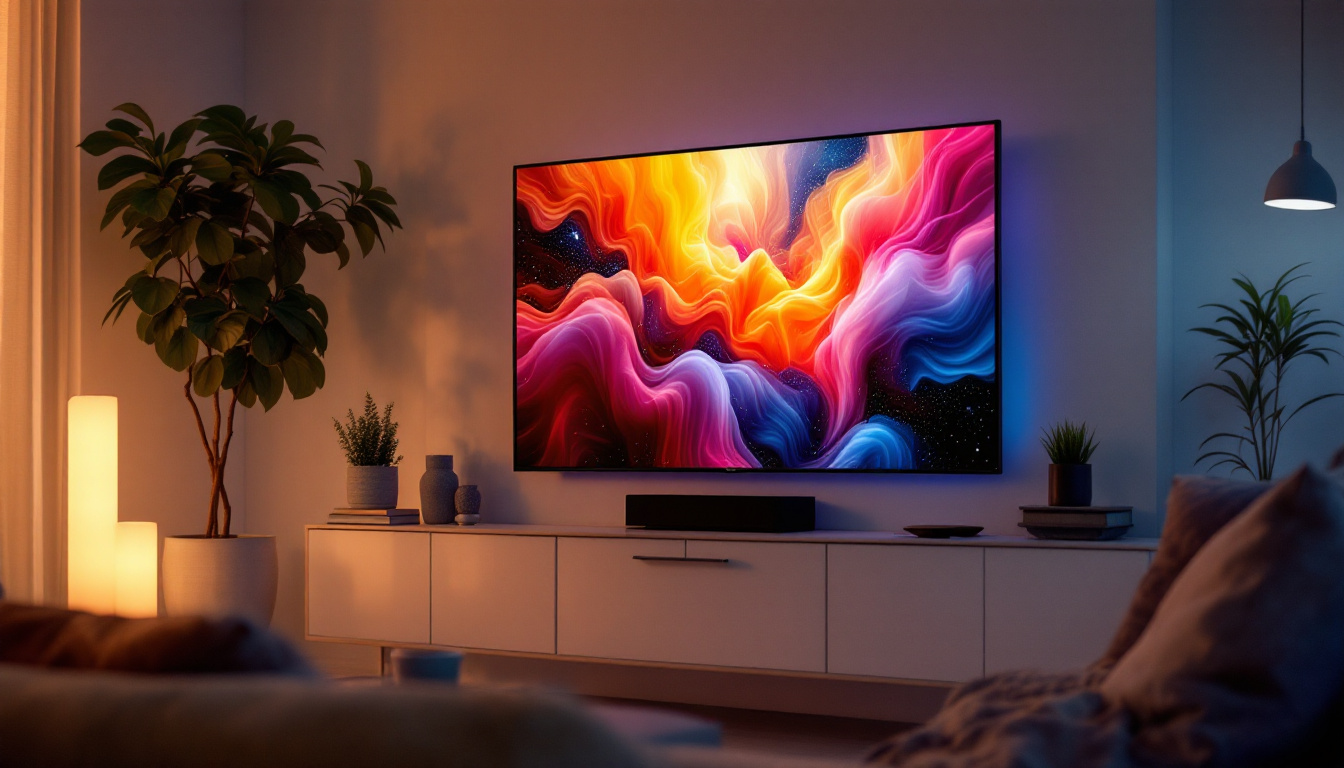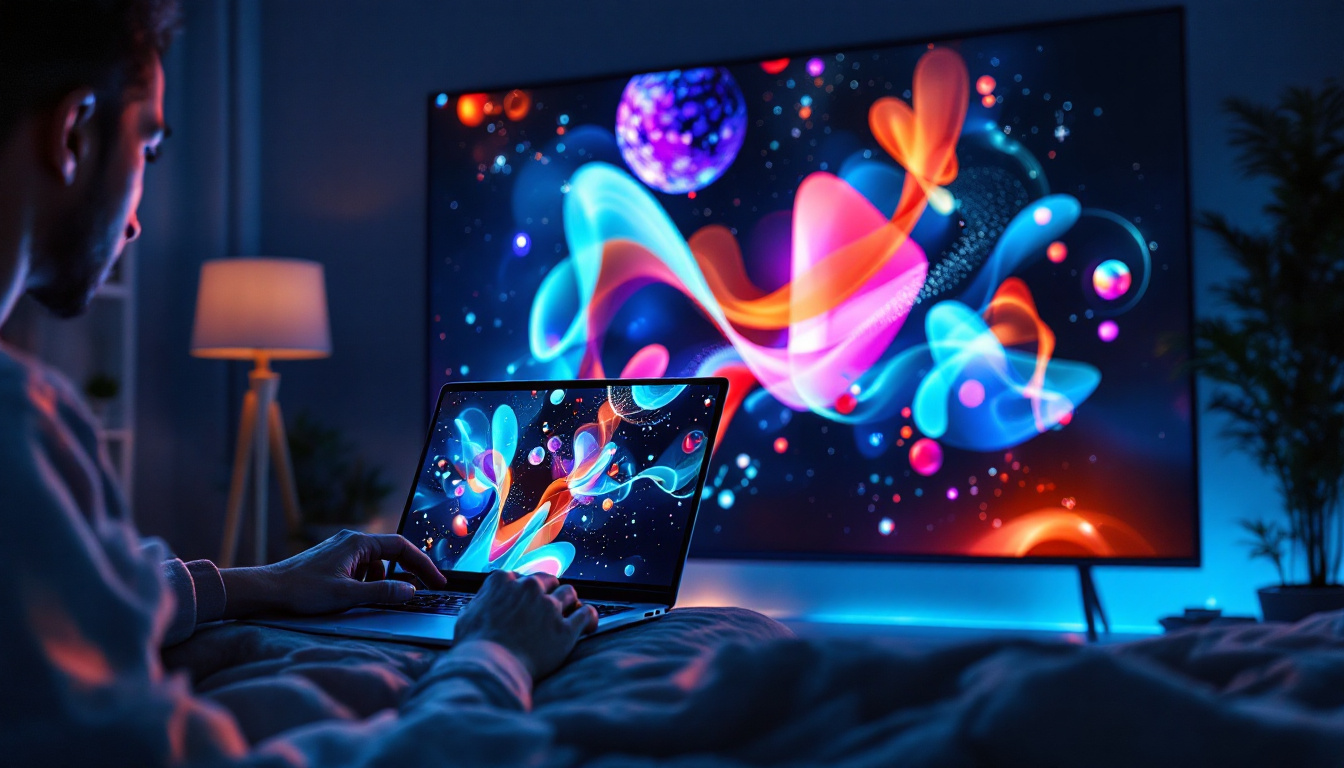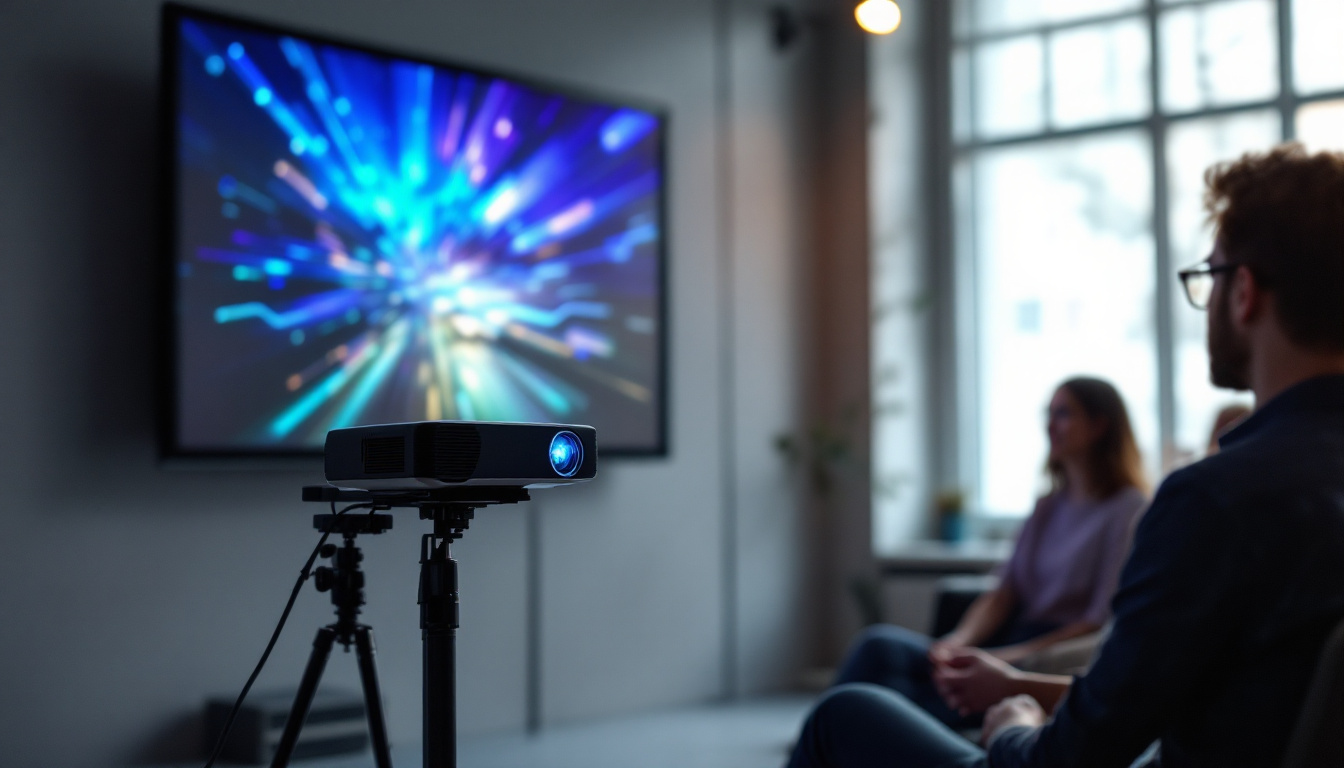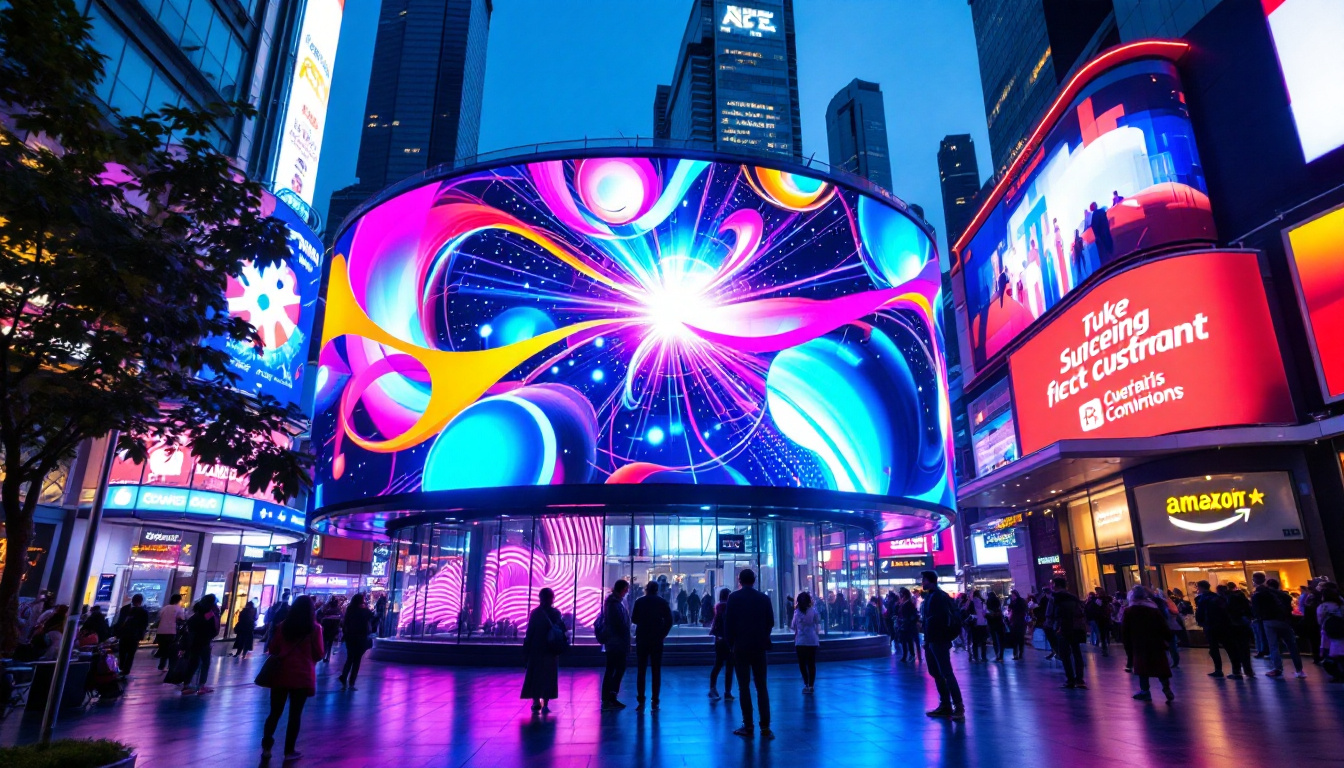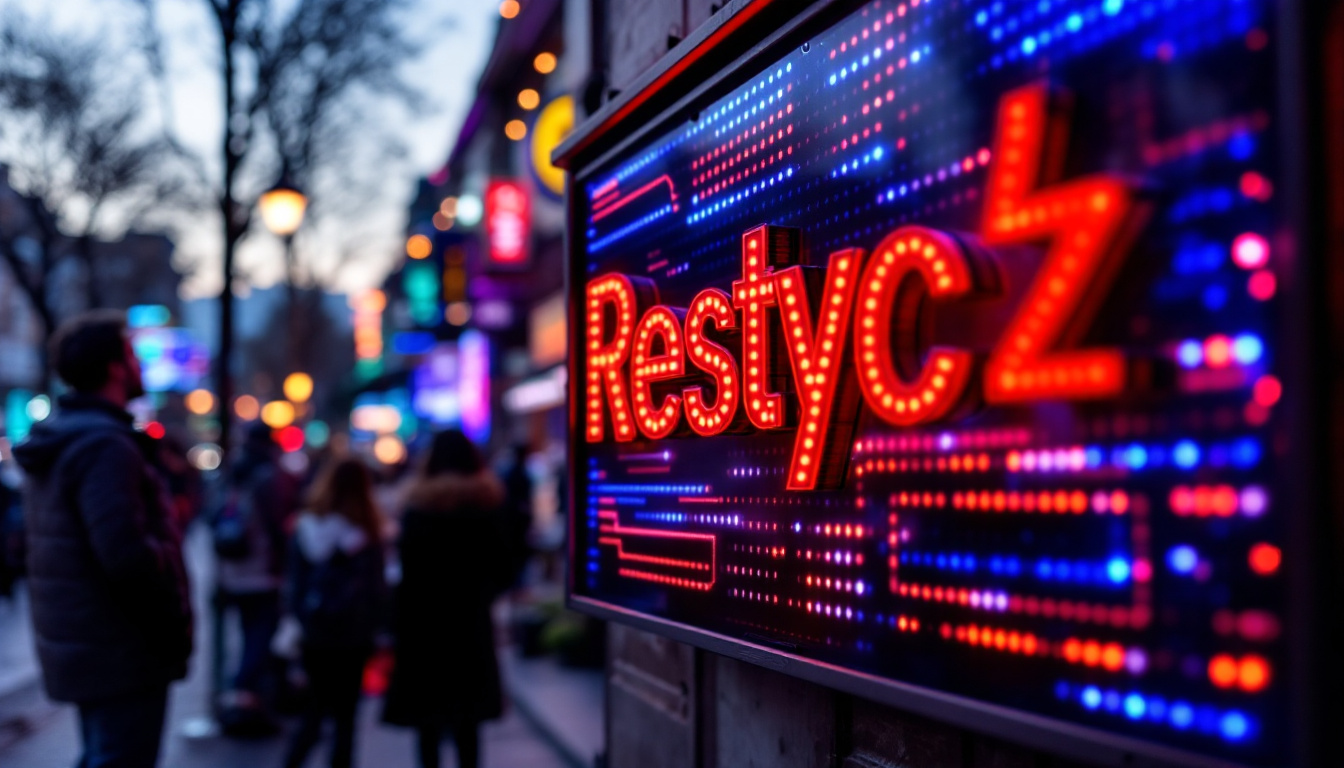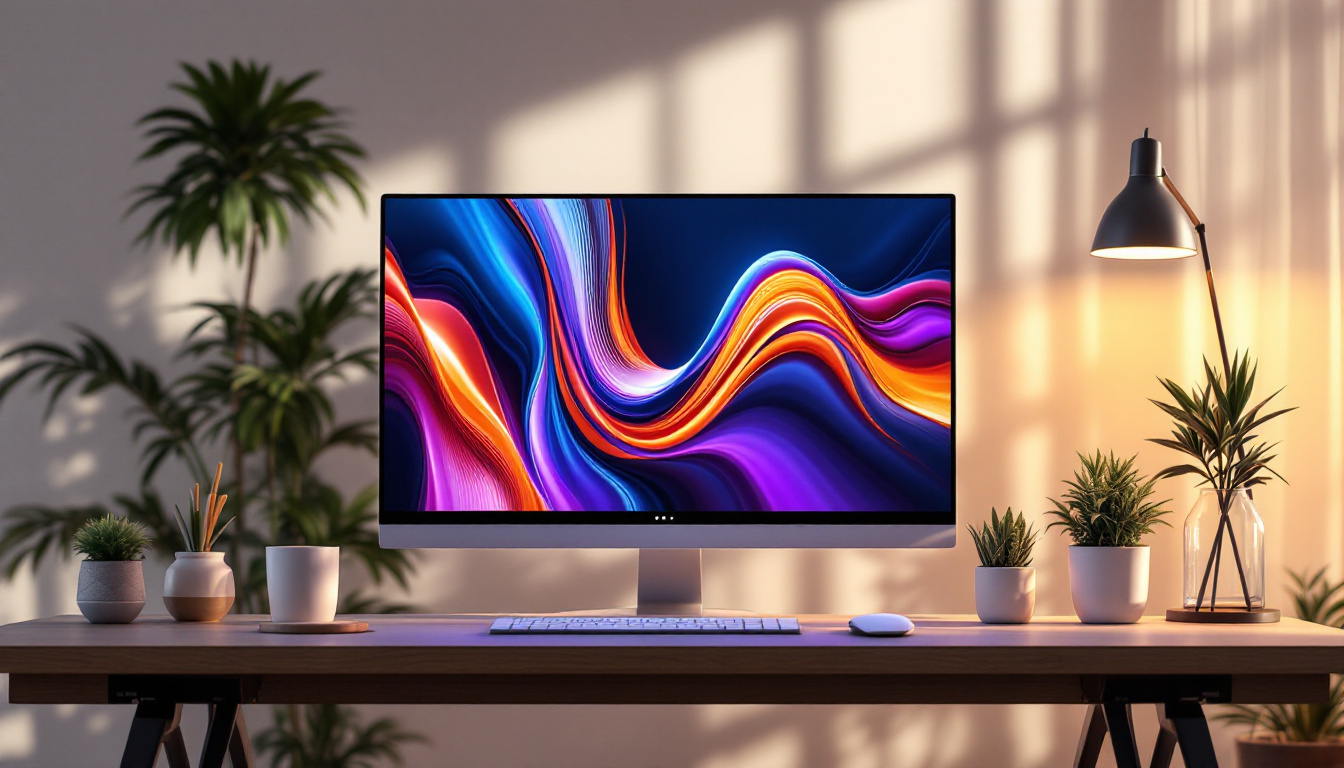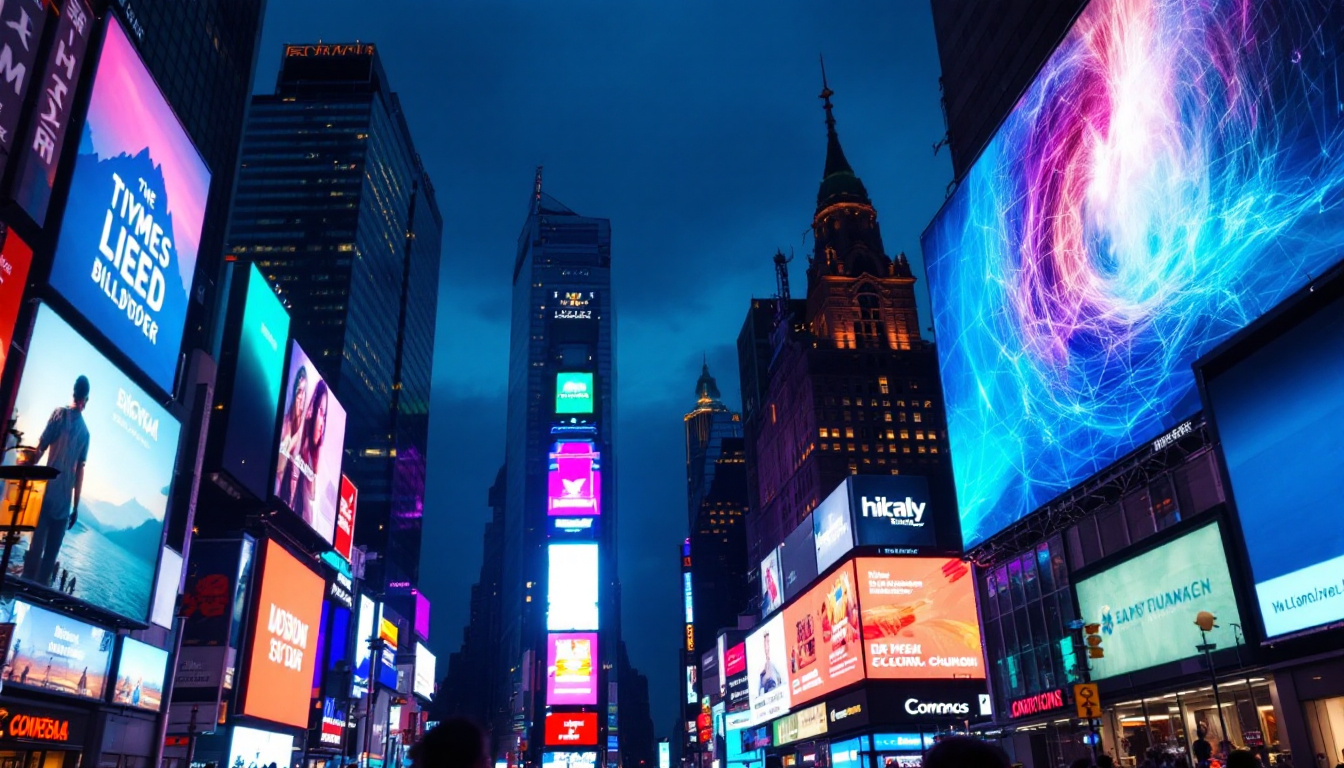In recent years, LED projectors have gained significant traction in both home and professional settings. These devices offer a unique blend of portability, energy efficiency, and superior image quality. Understanding how LED projectors work and their advantages can help consumers make informed choices when selecting a display solution. This article delves into the intricacies of LED projectors, their technology, benefits, and applications.
Understanding LED Projection Technology
LED projectors utilize light-emitting diodes (LEDs) as their primary light source. Unlike traditional projectors that rely on lamps, LED projectors harness the power of solid-state lighting. This fundamental shift in technology has led to several advancements in the way images are projected.
How LED Projectors Work
The core operation of an LED projector revolves around the combination of light sources and imaging technologies. LEDs emit light in various colors, which can be combined to create a full spectrum of colors. This process usually involves three separate LEDs: red, green, and blue. By adjusting the intensity of each color, the projector can produce vibrant and accurate images.
In addition to the LED light source, many projectors utilize Digital Light Processing (DLP) or Liquid Crystal Display (LCD) technologies to modulate the light. DLP projectors use micro-mirrors to reflect light, while LCD projectors pass light through liquid crystal panels. Both technologies have their own advantages and are often combined with LED light sources for enhanced performance. Moreover, some advanced models incorporate additional features such as 4K resolution and high dynamic range (HDR), which further elevate the viewing experience by providing sharper images and a wider range of colors, making them ideal for both home theaters and professional settings.
Comparison with Traditional Projectors
Traditional projectors typically use high-intensity lamps, which can be bulky and consume more power. These lamps also have a limited lifespan, often requiring replacement after several hundred hours of use. In contrast, LED projectors boast longer lifespans, often exceeding 20,000 hours, making them a more sustainable option.
Furthermore, LED projectors tend to have faster startup times, reaching full brightness almost instantly, while traditional lamps may take several minutes to warm up. This convenience is particularly beneficial in settings where time is of the essence, such as classrooms or business presentations. Additionally, LED projectors are generally more energy-efficient, producing less heat and consuming less power, which can lead to lower electricity bills over time. This efficiency not only benefits the environment but also enhances the longevity of the projector, reducing the frequency of maintenance and replacements. As a result, many users find that investing in LED technology not only improves their viewing experience but also aligns with a more eco-friendly approach to technology use.
Advantages of LED Projectors
LED projectors offer a myriad of advantages that make them an appealing choice for various applications. From home entertainment to professional presentations, their benefits are hard to ignore.
Energy Efficiency
One of the most significant advantages of LED projectors is their energy efficiency. LED technology consumes considerably less power than traditional lamps, resulting in lower electricity bills and a reduced carbon footprint. This efficiency not only benefits the environment but also makes LED projectors a cost-effective option for long-term use.
Image Quality and Color Accuracy
LED projectors are renowned for their superior image quality. The use of LEDs allows for brighter images with higher contrast ratios, enhancing the overall viewing experience. Additionally, the color accuracy of LED projectors is often superior to that of traditional projectors, as they can produce a wider color gamut. This feature is particularly important for applications requiring precise color reproduction, such as graphic design and photography.
Portability and Compact Design
Another notable advantage is the compact and lightweight design of many LED projectors. Their smaller size makes them highly portable, allowing users to easily transport them for presentations, movie nights, or outdoor events. This portability is complemented by the fact that many LED projectors come with built-in batteries, further enhancing their usability in various settings.
Applications of LED Projectors
The versatility of LED projectors allows them to be used in a wide range of applications. From personal entertainment to professional environments, these devices are making their mark across various fields.
Home Entertainment
In the realm of home entertainment, LED projectors have become a popular choice for movie enthusiasts and gamers alike. Their ability to project large images onto screens or walls creates an immersive viewing experience that rivals traditional televisions. Moreover, the vibrant colors and high contrast ratios enhance the visual quality of films and video games.
Many modern LED projectors are equipped with smart features, allowing users to stream content directly from their favorite platforms. This integration of technology makes it easier than ever to enjoy movies and shows without the need for additional devices.
Education and Training
In educational settings, LED projectors play a crucial role in enhancing the learning experience. Teachers can use these projectors to display presentations, videos, and interactive content, making lessons more engaging for students. The portability of LED projectors also allows for easy setup in various classroom environments.
Additionally, training sessions in corporate environments benefit from the clear and bright images produced by LED projectors. They facilitate effective communication and collaboration, ensuring that all participants can see and understand the material being presented.
Business Presentations
For businesses, LED projectors are invaluable tools for presentations and meetings. Their ability to deliver high-quality images in well-lit environments makes them suitable for conference rooms and large auditoriums. The quick startup times and energy efficiency further enhance their appeal for corporate use.
Moreover, many LED projectors come equipped with features such as wireless connectivity and screen mirroring, allowing presenters to share content seamlessly from their devices. This functionality streamlines the presentation process and fosters collaboration among team members.
Choosing the Right LED Projector
With a plethora of options available in the market, selecting the right LED projector can be daunting. However, understanding key specifications and features can simplify the decision-making process.
Brightness and Resolution
When choosing an LED projector, brightness is a crucial factor to consider. Measured in lumens, the brightness level determines how well the projector can perform in various lighting conditions. For home theaters, a projector with at least 1,500 to 2,500 lumens is recommended, while business presentations may require higher brightness levels to combat ambient light.
Resolution is another important specification. Higher resolutions, such as Full HD (1920×1080) or 4K (3840×2160), provide sharper images and more detail. For applications involving intricate visuals, such as graphic design or video editing, opting for a higher resolution projector is advisable.
Connectivity Options
Connectivity options are essential for ensuring compatibility with various devices. Many LED projectors come equipped with HDMI ports, USB ports, and wireless connectivity features. This versatility allows users to connect laptops, smartphones, and streaming devices easily, enhancing the projector’s usability.
Additionally, some projectors offer built-in speakers, which can be beneficial for casual viewing. However, for professional presentations or home theater setups, investing in external audio solutions may be necessary for optimal sound quality.
Portability and Design
For users who plan to transport their projector frequently, portability is a key consideration. Lightweight and compact designs are ideal for travel, while features such as built-in batteries can further enhance convenience. Evaluating the overall design and build quality is also important, as a durable projector can withstand the rigors of frequent use.
Future Trends in LED Projection Technology
The landscape of LED projection technology is continually evolving, with advancements that promise to enhance performance and user experience. Keeping an eye on upcoming trends can provide insights into the future of LED projectors.
Integration with Smart Technology
As smart technology becomes increasingly prevalent, LED projectors are likely to integrate more seamlessly with smart home systems. This integration will allow users to control their projectors through voice commands or smartphone apps, enhancing convenience and usability.
Furthermore, the incorporation of artificial intelligence (AI) may lead to smarter projection capabilities, such as automatic adjustments for optimal image quality based on the environment.
Improved Color Accuracy and Brightness
Future developments in LED technology may also focus on improving color accuracy and brightness levels. Innovations in LED materials and design could lead to projectors that produce even more vibrant colors and higher brightness levels, making them suitable for a wider range of environments.
Additionally, advancements in optics and imaging technology could enhance the overall performance of LED projectors, providing users with an unparalleled viewing experience.
Eco-Friendly Solutions
As sustainability becomes a priority for consumers and manufacturers alike, the future of LED projectors may include more eco-friendly solutions. This could involve the use of recyclable materials in projector construction and energy-efficient designs that minimize environmental impact.
Moreover, manufacturers may focus on creating projectors with longer lifespans and lower energy consumption, aligning with the growing demand for sustainable technology.
Conclusion
LED projectors represent a significant advancement in display technology, offering numerous benefits over traditional projection methods. Their energy efficiency, superior image quality, and versatility make them suitable for a wide range of applications, from home entertainment to professional presentations.
As technology continues to evolve, LED projectors are poised to become even more integrated into our daily lives. Whether for personal use or professional needs, understanding the features and advantages of LED projectors can empower consumers to make informed decisions, ensuring they choose the right device for their specific requirements.
In a world where visual communication is paramount, LED projectors stand out as a reliable and innovative solution, shaping the way we share and experience content.
Discover LumenMatrix’s Innovative LED Solutions
Ready to elevate your visual experience with the latest in LED technology? Look no further than LumenMatrix, a pioneer in crafting dynamic LED display modules designed to amplify your brand and captivate any audience. Whether you’re in need of an Indoor LED Wall Display for your business, an Outdoor LED Wall Display for events, or any of our specialized solutions like Vehicle LED Displays, LED Sports Displays, or Custom LED Displays, LumenMatrix has you covered. Embrace the future of visual communication and check out LumenMatrix LED Display Solutions today to see how we can transform your space with clarity and impact.

